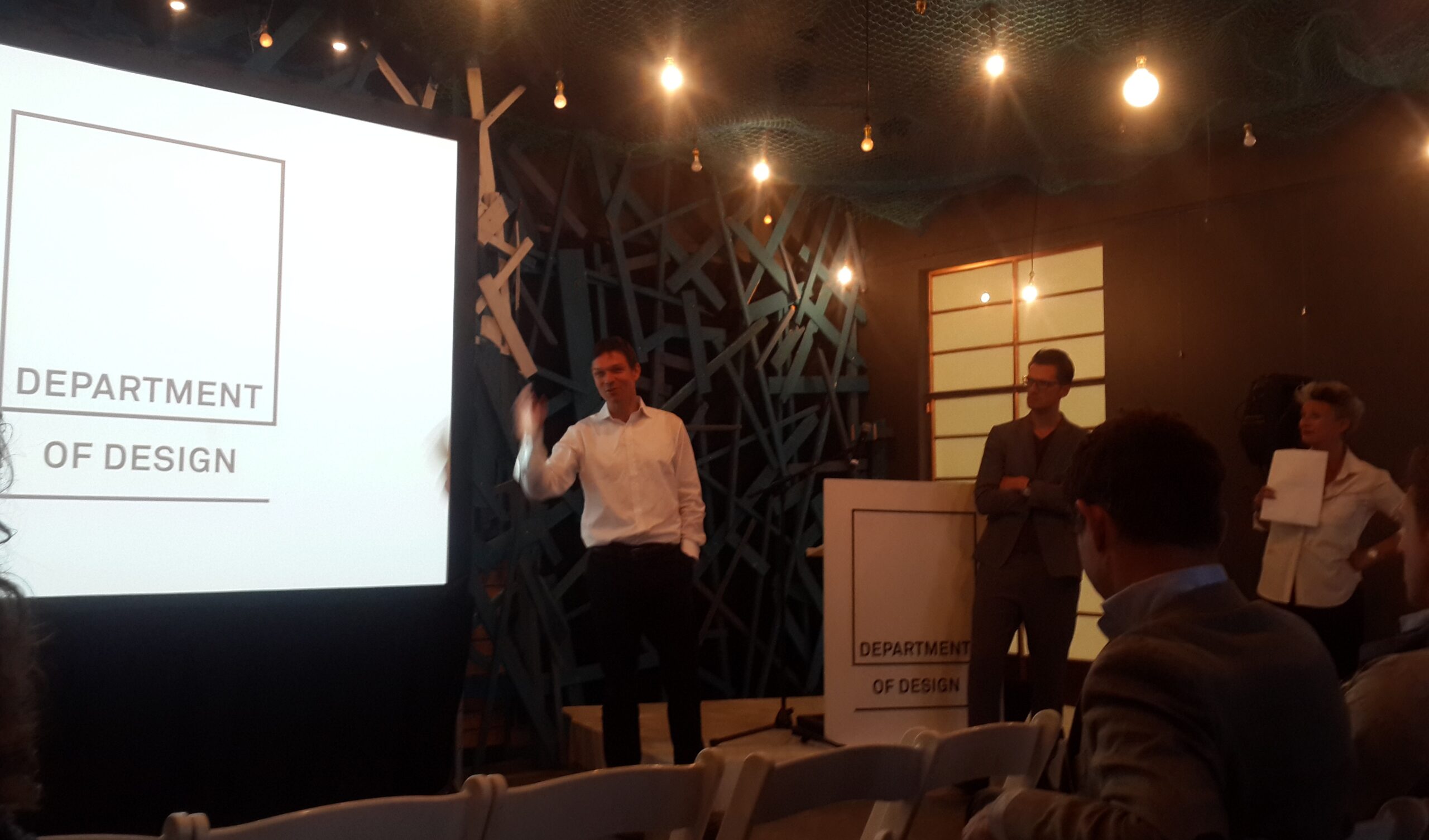As many in the development field recognize, rural and urban planning can contribute greatly to (or hinder) socioeconomic development. In the townships around Cape Town, for example, everyday I see how poor infrastructure contributes to poverty through limited access to water, healthcare, food, electricity and adequate housing. Heavy rains can cause terrestrial flooding that predominantly affects these shantytowns, and recovery from such damage is costly and difficult.
In July 2014, Cape Town hosted the Department of Design, which is a three-week long conference on sustainability and collaboration in community and civil design. The conference was led by a delegation from the Netherlands representing over 60 companies who have development interests in South Africa. This event featured keynote speakers, workshops and activities around a number of interrelated topics from water access to serious gaming to community gardens.
The strong relationship between climate change and development is what drove me to attend the Department of Design showcase, in particular to sit in on a seminar entitled, “Preparing for Climate Change”. This was a morning-long discussion led by Kristian Foreman, founder of Zones Urbaines Sensibles and Anton Cartwright, green economy Mistra Urban Futures Researcher at African Centre Cities. There were also a number of shorter presentations from issue experts.
The discussion revolved around increasingly intense weather conditions effecting Cape Town and what the city must do to proactively adapt, mitigate and respond to climate change. The city and surrounding communities are seeing higher average temperatures, more threats from rainfall and flooding, and an increasing frequency of heat waves. Cape Town is also a unique city that still has significant racial and economic divisions in urban, rural, coastal and terrestrial communities. Problems resulting from climate change often affect these groups differently.
According to the presenters, concerns in the city that can be addressed through design are two fold: sea-level rise affecting expensive private properties and terrestrial flooding affecting low-income and informal settlements. Given the clear division between these two concerns, there are also issues of galvanizing action and securing funding.
But the political environment in Cape Town needs to change in order for politicians and community leaders to gain public support for action on climate change adaptation. A major difficulty is convincing people that the effects of climate change are very real and threaten the lives of many of Cape Town’s residents.
The issue areas in regards to climate and design in Cape Town are as follows:
- Focus on coastal areas means protecting predominantly rich groups, which will receive serious criticism as it excludes the most vulnerable;
- Terrestrial flooding can be complicated because there are many other immediate demands from people living in townships that must also be addressed with limited funds;
- Climate concerns extend many years into the future and often politicians are focused on shorter term issues that can be resolved within election cycles;
- Monitoring and evaluation has been weak on climate issues, and resources have not been adequately invested in studying the risks and realities of climate change; and
- Environmental concerns are very low on the government’s agenda right now as they are not as easy to grasp as other concerns.
The presenters concluded by reiterating the need for government and civil society to understand that environmental concerns are immediate and long-term, they must be prioritized and invested in, and ignoring them will certainly be disastrous.
I absolutely agree. Despite the sensitive nature of climate adaptation in a still racially charged environment, or perhaps because of it, Cape Town’s government must act. Perhaps one way to address this issue is to change the way climate change is presented to the government.
One of the presenters used serious gaming to show how shifts in climate could affect Cape Town communities. These games have been used with government officials to simulate reality – and have been successful in other areas. By selecting different applications in the game, users can see the direct effects of shifts in climate, can see the costs, replicate the interactions necessary to address issues, and work through problems. Serious games (the one presented is called Climategame by Tygron) are one amazing way organizations can motivate action.
No matter the method, communication on climate change needs to be more tangible; the possible costs of not addressing change should be highlighted more in order to provide real motivation. It’s not just about making the coastal areas prettier or avoiding a bit of light flooding. This is about people’s lives and livelihoods, and design can make a huge difference.

